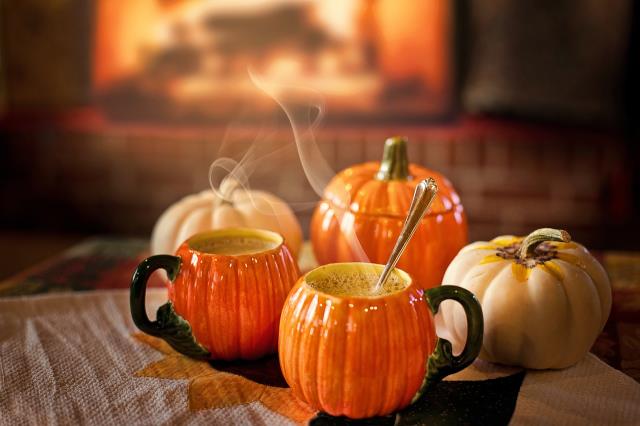By Beatrice Hawkins
In a recent column I suggested that some gardeners may have pumpkins, squash etc for the Autumn Flower Show, so I decided to find out about them.
I admit to not being a huge fan of the vegetable/fruit but I am a fan of a good Gramma pie. If a lovely trombone gramma is not available, a good dry pumpkin is an acceptable alternative.
As a child we had an elderly relative who grew a spectacular vegetable garden a few houses down and kept our family supplied with in-season vegetables. Trombone grammas were grown faithfully each year and many pies enjoyed – lemon juice and rind as flavouring, nutmeg and cinnamon as spices and always sultanas or currants for texture – yum. It has been a long time since I made one as I haven’t seen a good gramma for sale in years. Maybe I had better try to find some seed and grow them myself next season.
But I digress. Pumpkins it seems, originated in South America with seeds dating back from 7000 to 5000 BC, having been found in Mexico. They were introduced into Europe sometime between 1485 and 1603, with the earliest printed recipe for a pumpkin pie dating to 1675. Unfortunately I couldn’t find a copy to see how it might differ from today’s versions.
While today we use pumpkin in many ways – from soup and stews, to baking or mashed and as a sweet pie ingredient – the British, in the 19th century, stuffed them with apples, sugar and spices and baked them whole. As well, we must not forget using them in the Lady Flo’s famous pumpkin scones.
I am told that there are at least 45 different varieties of pumpkins but I think they may have underestimated that.
They do come in all shapes, sizes and colours and I would think varieties would vary from country to country and, as they do in this country, from state to state. The Queensland Blue has obvious origins as does the Jarrahdale. I have found it very difficult to find a good old fashioned Queensland Blue and I know one of the reasons for this is the problem of ‘bones’ in their flesh caused by stinging insects when the pumpkins are forming. It seems to be peculiar to this variety and, to me, the Jarrahdale is an acceptable substitute.
That great and enthusiastic gardener, Peter Cundall, suggests that a variety called ‘Spookie’ is an all-round good pumpkin and a great keeper, having kept them without refrigeration for 18 months. They apparently have a yellow skin that sets rock hard so be careful when cutting them – a serrated knife is suggested! Other varieties he recommends are Hubbard’s Golden and Sweet Grey, along with the ones I have previously mentioned.
Pumpkins are the 5th largest vegetable crop by weight, grown in Australia with approximately 120,000 tonnes grown in 2016-17.
They are grown in every state from the Ord River area south in WA to Victoria and right up into Queensland.
We are very fortunate, in this wonderful country with such a diverse climate range, that we are able to have a wide range of vegetables and fruits available all year round. It does have its disadvantages though as, because we see things continually in the supermarket, we forget what is actually seasonal. This also applies to the range of seedlings available in the gardening departments of some retail chains – just because the plants are there it does not automatically mean that they are suitable for growing in our climate at the time they are available. For example, bean seedlings can be available in mid-winter in Warwick when frost will kill them and disappoint the novice gardener.
Pumpkins are very nutritious, being a good source of Beta Carotene, Vitamin C and Calcium.
They need warm soil to germinate so are planted when all risk of frost has passed. They will germinate in 8 to 10 days and soaking in warm water overnight before sowing will hasten the process. They are gross feeders so be sure to dig in plenty of well-rotted manure before planting and to feed regularly as they grow. If space is at a premium in the garden, pinch out the growing tips to encourage them to spread and not run! If bees are not plentiful it may be necessary to hand pollinate the flowers to get the pumpkins to set. Typically they take from 95 to 120 days to be ready for harvest.
I remember my old neighbour leaving them on the vine until after a frost, picking them with some stem attached and storing them upside down on an old bedspring in his shed. This was also the practice we followed as newlyweds in Mudgee. The pumpkins were stored in the hay shed and used throughout the winter. The best crop we ever grew was when we had fumigated some rabbit warrens along a creek bank, ripped them with the tractor and planted the seeds. The season was kind and we had a great harvest of some really huge Queensland blues.
None however, were as large as the world’s largest grown in Germany and weighing an amazing 2623.5lbs. Gardening provides much fun, trivia and many happy memories.
*This is an old article that has been digitised so our readers have access to our full catalogue.







